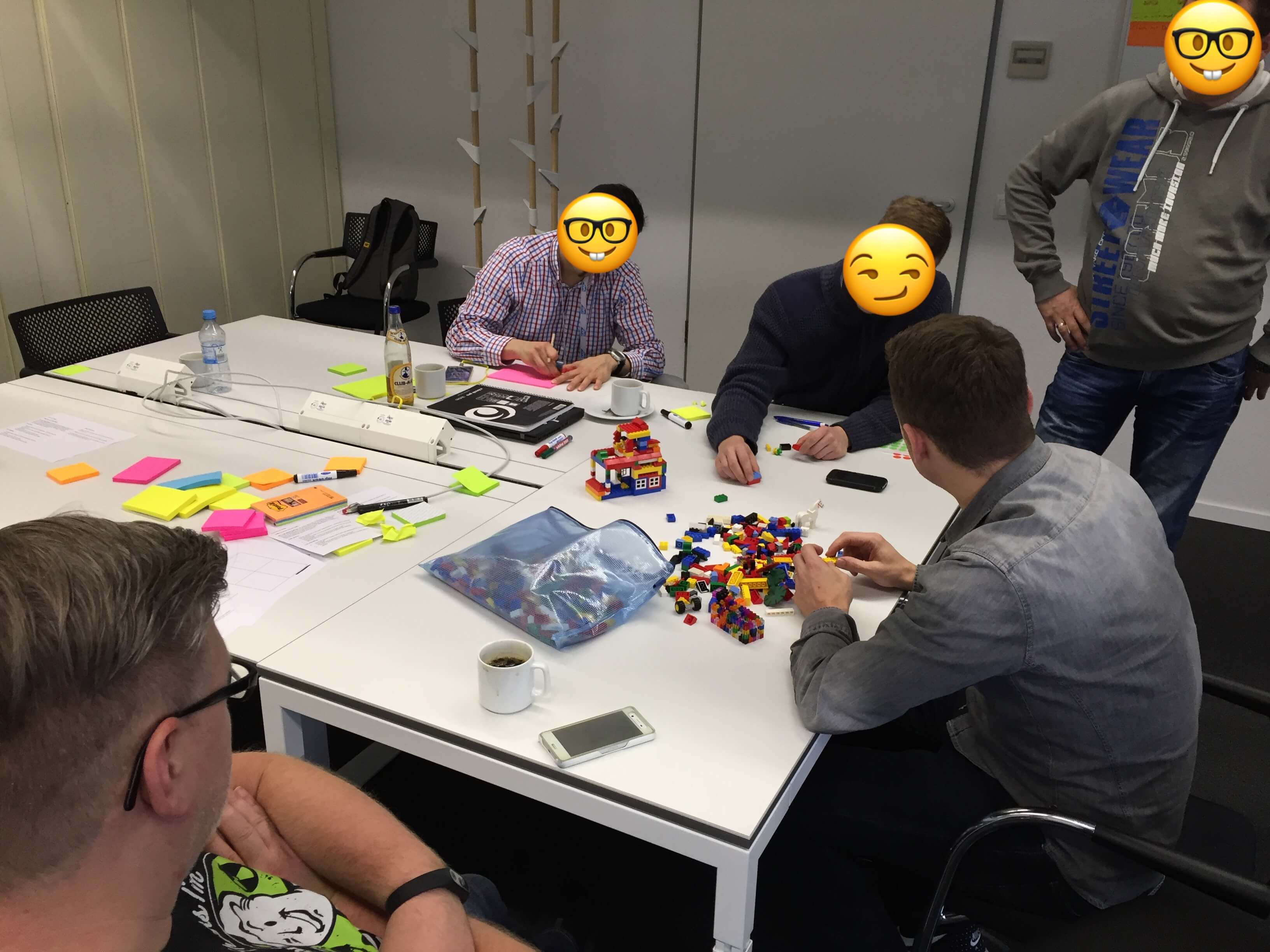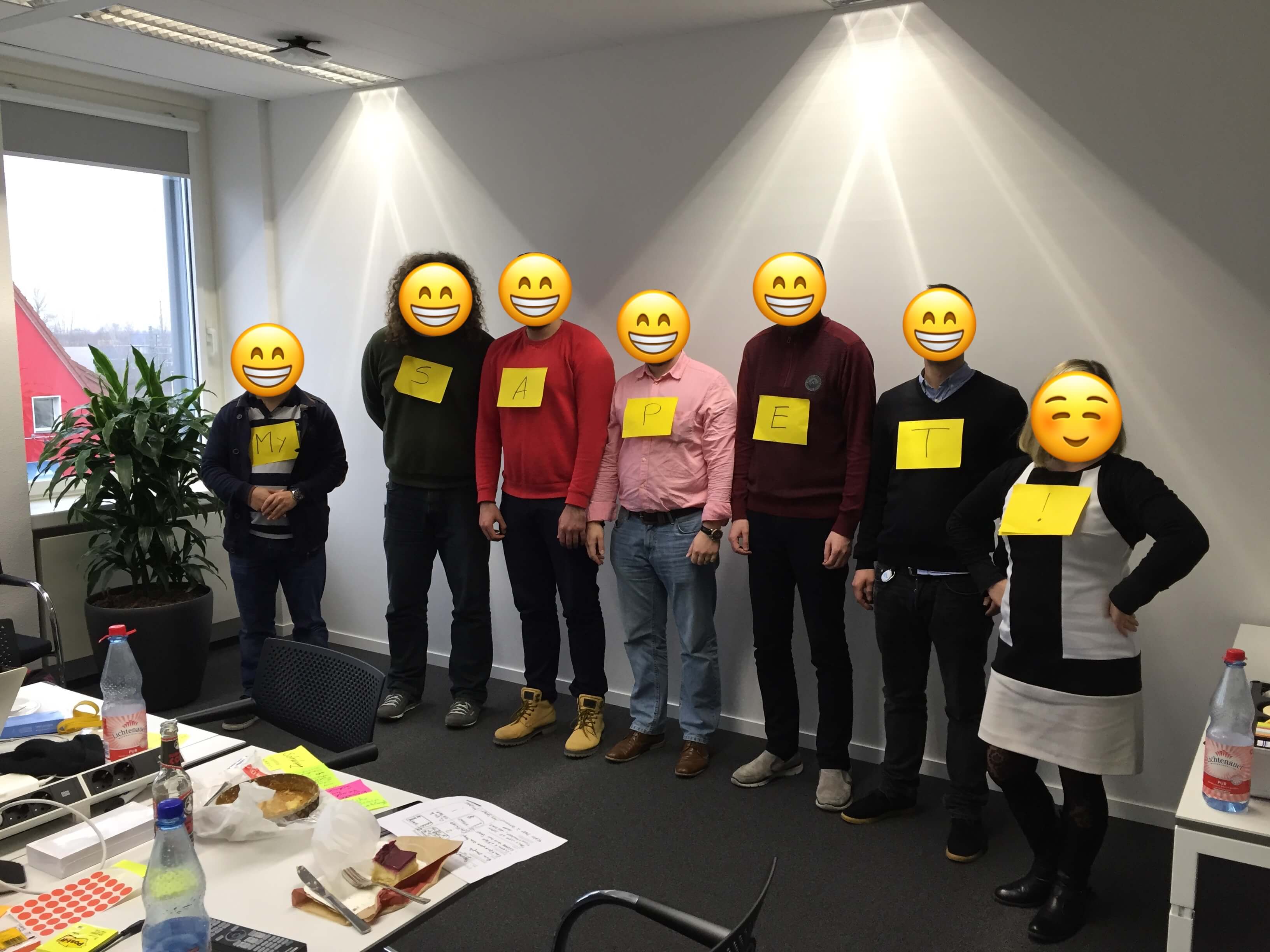
SAP Event Ticketing Simplifying
The SAP Event Ticketing App streamlines ticket management, customer interactions, and event processes for seamless and efficient operations.
Project Overview
The SAP Event Ticketing system is a vast and powerful software solution that enables event planners to manage all relevant aspects necessary for the organization, planning, and execution of events.
The Solution
Through a comprehensive research project and concierge testing, we identified key user pain points and areas of opportunity, enabling us to simplify the SAP Event Ticketing App and address primary struggles in usability.
Unfortunately, I cannot disclose details of this project. If you would like to know more, please contact me to arrange a meeting.
Client
SAP
My role
User research, co-creation workshop organization + moderation, wireframing and documentation of the project
Tools
Design Thinking, InDesign, Illustrator and Sketch
Platform
Web based application
Timeline
2017 (3 Months)




